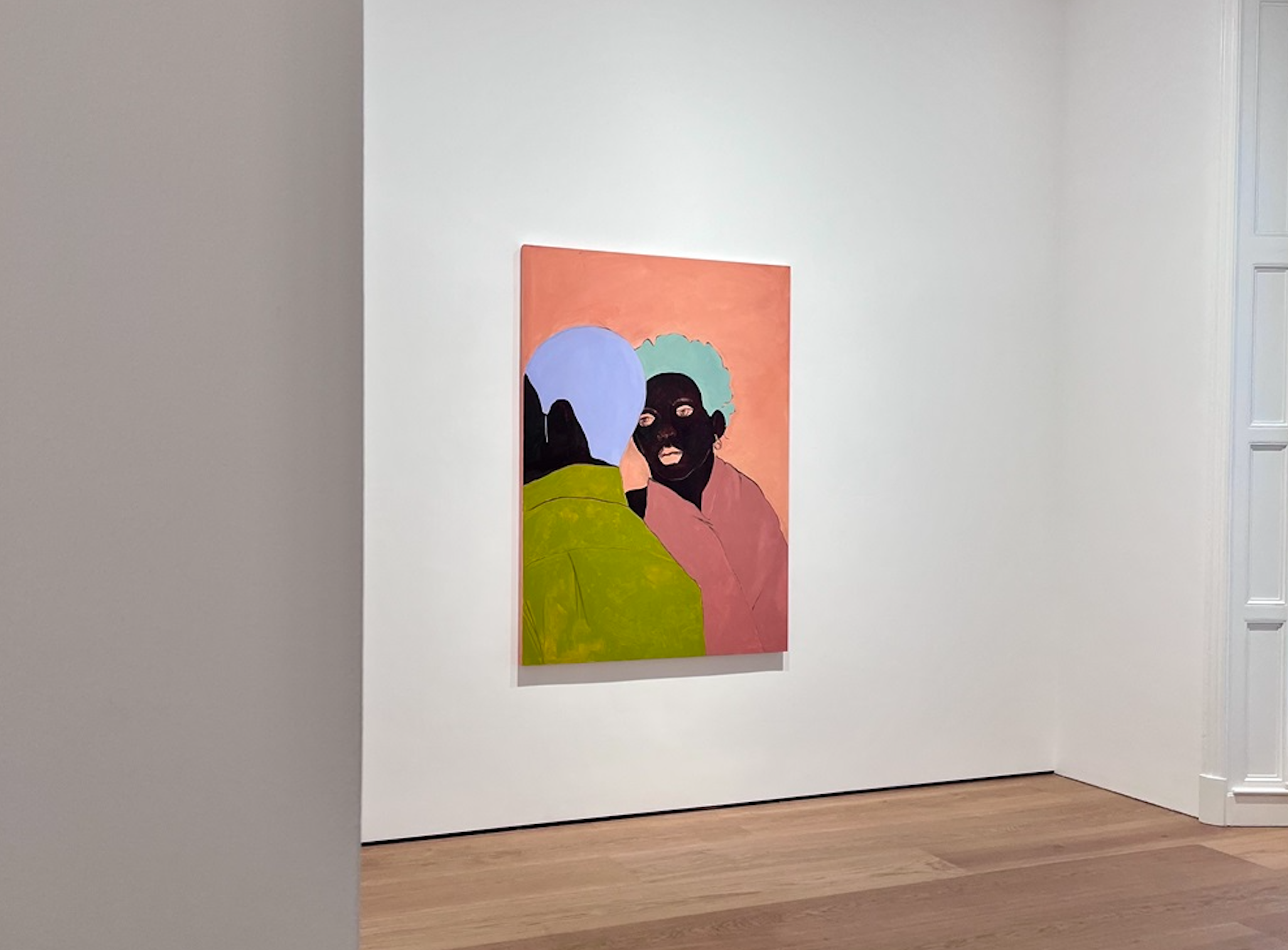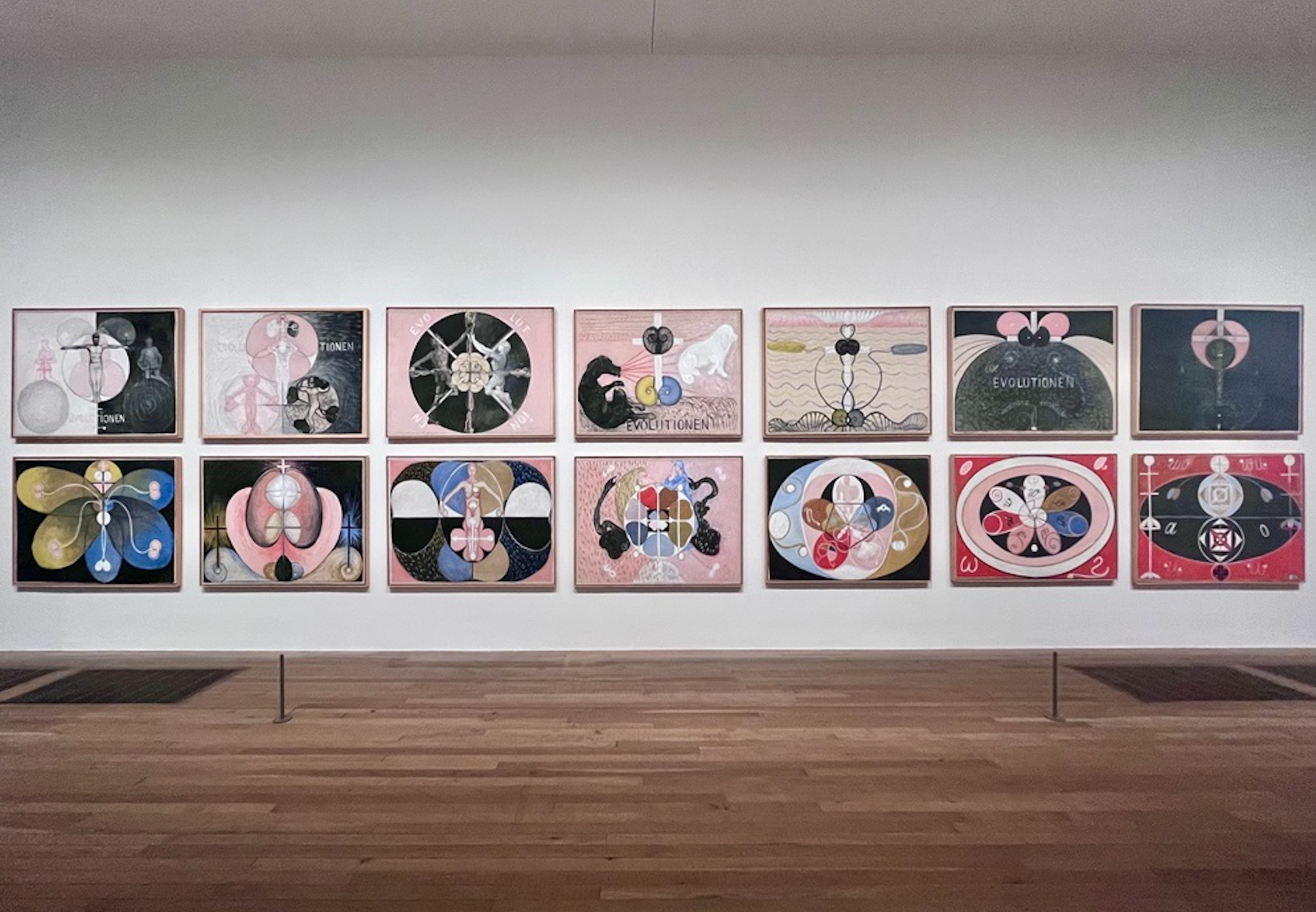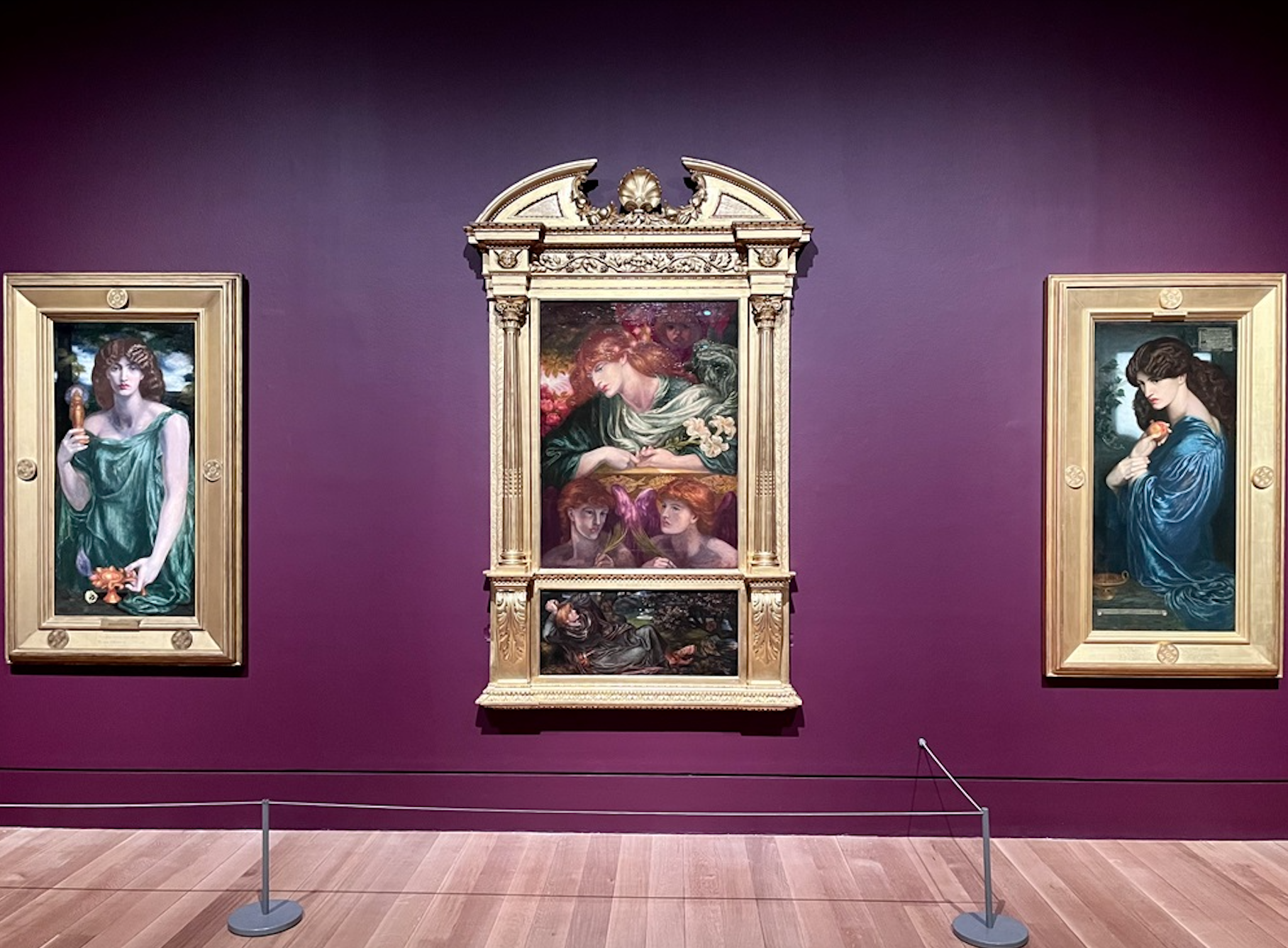David Zwirner opened the exhibition ‘So let us all be citizens too’ on the 20th of April at their London location on Grafton Street. The exhibition is curated by Ebony L. Haynes and it celebrates American artist Bob Thompson (1937 - 1966) and the impact he has had on artists both contemporary to him and to us. Artists shown in the exhibition include Emma Amos, Michael Armitage, Betty Blayton, Vivian Browne, Beverly Buchanan, Lewis Hammond, Cynthia Hawkins, Marcus Jahmal, Danielle Mckinney, Cassi Namoda, Chris Ofili, Naudline Pierre, George Nelson Preston, Devin Troy Strother, Peter Williams, and of course, Bob Thompson.
With these artists in conversation with one another, the exhibition results in an explosion of vibrant colours and dynamic figures and forms, that in some instances seem almost cartoon-like.
Despite his short life and consequently short career, Thompson’s work has surely left a mark, especially due to its distancing from abstract expressionism that was prevalent in American art at that time. “His paintings boldly appropriated compositions from the art-historical canon and featured a vibrant colour palette and flat, interlocking planes, recasting classical figures and forms into fantastical guises that revealed the pleasure and turbulence of the human condition.” (‘So let us all be citizens too’ press release.)
Beautifully curated, the London show is on until May 26th and it is free to visit.
Simultaneously, there is another show with the same concept: “Bob Thompson: So let us all be citizens,” hosted at 52 Walker in New York, also curated by Ebony L. Hayne, senior director of the site.


